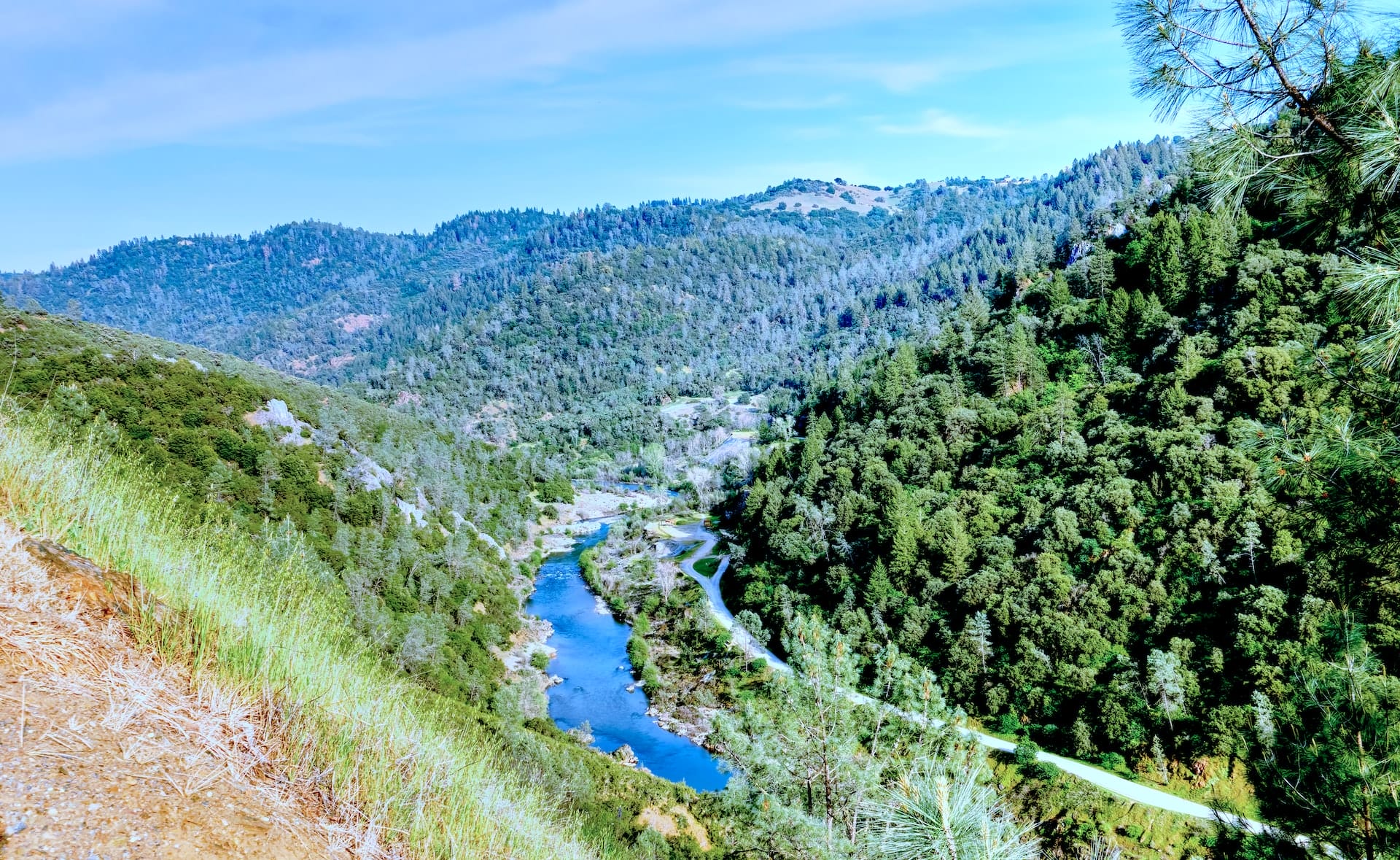Tips for building a custom home in a watershed area in Maryland and Washington DC
Building a custom home in Maryland or Washington DC wetlands needs some special considerations. If you’re building a new home, the first thing to do is check your local zoning laws. You’ll want to find out whether or not the area offers any special incentives or grants that might make it easier for you to build there. If so, this could help reduce your cost of construction by reducing the amount of land required for your foundation and/or parking lot.
Building a custom home can be complicated, but there are some specific things to consider when building in a watershed area that can make your project go more smoothly.

Talk to your local government officials about what’s allowed or not allowed. You’ll want to make sure you’re following all of their rules before proceeding with your project. This will help ensure that there are no surprises later down the road when it comes time for inspections or permits from other agencies such as fire departments or health departments (for example). Water quality and erosion control. Your home should be built on top of bedrock or other impervious base material (like concrete). This helps keep the soil from washing away and prevents erosion by keeping water from running off of it. Make sure that your foundation is designed with these features in mind so that it won’t be damaged by filling up with dirt after you’ve finished building; however, if possible try not to make any modifications or additions that would require digging deeper into the ground than necessary—this could cause problems down the line!
If you’re building a custom home in a watershed area, it’s important to work with a builder who knows the building laws in your jurisdiction.
This means that they should be able to help you navigate through the necessary documents and permits so that construction can proceed smoothly. When you’re looking for a builder to construct your new home, it’s important to find one who has experience in your area. You want them to know the local regulations and restrictions, so they can ensure that their design meets all code requirements. They also need to be familiar with the surrounding landscape and access points; this will help determine where on-site construction would be most beneficial for you. Finally, make sure that there are no conflicts between what you want from this project and what the builder needs from you: if there are any special instructions or requests (like wanting different materials or finishes), make sure these match up with his/her vision for building instead of coming across as awkward demands or demands for change without explanation as needed when working together as partners on something larger than just one house at a time!
It’s also important for builders to have experience with building projects of this kind because there are many different requirements from jurisdiction to jurisdiction. For example, some jurisdictions require that all water runoff from rooftops go directly into subsurface drains instead of flowing down into streams or ponds; others may require that certain materials must be used in certain ways (for example no asphalt shingles on roofs).
You may want some landscaping experts on board as well—especially if there’s any concern about water runoff from roads leading into the watershed area where you live. And if you’re looking at buildings in an area prone to flooding during heavy rains? It would be wise to hire someone who knows how best to protect against mold growth caused by wet soils resulting from excessive rainfall events like this past summer’s deluge here in the Washington DC area!
Know your local building codes. Every municipality has its own set of rules, but many are similar across state lines. If you want to build a custom home that meets or exceeds national energy efficiency standards (or LEED), it’s best to consult with an architect or engineer who knows how to comply with those requirements as well as what is required by local ordinances when choosing materials for your project.
Make sure you understand the building restrictions and requirements for your area.
 If you’re building in a watershed area, it’s important to check with local government officials and ask around. You should also talk with your neighbors and their neighbors. The more people who know about the project and its potential impact on their lives and property values, the better off everyone will be.
If you’re building in a watershed area, it’s important to check with local government officials and ask around. You should also talk with your neighbors and their neighbors. The more people who know about the project and its potential impact on their lives and property values, the better off everyone will be.
You may also want to contact local fire departments or water companies; they’ll be able to verify whether there are any restrictions on how close houses can be built while still being situated within a certain distance of each other (and if so, where those boundaries fall). And finally, make sure all relevant health departments have been notified—if you’ve chosen a spot that puts children at risk for exposure during playtime outside school hours each day (for example), this issue could become an issue before long!
Get an environmental site assessment.
The Maryland Department of Natural Resources (DNR) and the Washington DC Department of Energy and Environment (DOEE) have different requirements for building permits, but they do share some common ground in terms of environmental requirements. For example, both require a building permit for any new construction or remodeling that involves soil disturbance or removal of vegetation on public land. You can get a detailed list of what you need to know about your project’s impact on watershed resources by contacting these agencies directly.
Keep your building in mind when landscaping.
In addition to the building, you will have to consider the local landscape requirements. For example, if your home is located in a watershed area and has a steep slope on one side, then an attractive lawn might be out of place. You may want to look into using more subdued plants that are appropriate for these conditions.
If there are no problems with water drainage or fire safety (which can be determined through research), then this should not be an issue when it comes down to landscaping design considerations.
Choose eco-friendly, non-toxic, and/or recycled materials.
If you build with eco-friendly, non-toxic, and/or recycled materials, your home will be a great example of how to live sustainably in a watershed area.
You can find many types of wood products available at local stores or online that are made from recycled materials such as old barn wood or tree stumps. You may also be able to get lumber cut from old-growth trees if they’re on private property where the owner has agreed to allow it to be removed by someone who knows what they’re doing (and who can afford it).
There are many other options available for building materials: bamboo is one such renewable resource that looks fantastic when used in projects like this one – but don’t underestimate its durability either!
If you’re going for a sustainable design, make sure that all of the construction materials are approved by BOMA International’s Sustainability Standard 5100 or their equivalent. This standard ensures that all new homes meet minimum performance standards for energy efficiency, indoor air quality, and water use reduction as well as other factors such as vibration control and structural integrity.
Learn about the specific environmental issues in your local watershed and design a home to address them, such as rainwater runoff or erosion.
Learn about the specific environmental issues in your local watershed and design a home to address them, such as rainwater runoff or erosion. Get recommendations from local experts on how to make the most of the benefits of a new home, including how much water is available in your area? What’s happening now, and what might happen if you don’t act? Is it possible to use less water than you’re currently using? Can better management practices help reduce consumption at this point—or would they only encourage further consumption (and waste)? What can be done locally—such as replacing old pipes with low-flow models or installing solar panels on rooftops—to reduce consumption even further than what might have been accomplished by improving efficiency alone.?
Avoid a basement and opt instead for a garage or a garage under the house.
One of the most important things to do when building a custom home in a watershed area is to avoid building a basement. The reason for this is that basements are prone to flooding, which can cause major damage and ruin any potential profits you might have made on your investment. Instead of having a basement, consider opting for an attached garage or an under-the-house garage instead.
You can also add additional features like air conditioning units and heating systems if necessary (and these will help keep costs down).
If you do build a basement, choose rain gardens or bioswales over basins that drain into the sewer system. Rain gardens are designed to absorb and filter stormwater runoff before it enters your home’s sewer system. The excess water from these systems can be captured in cisterns, which are usually located underground near where it exits your house. The cistern collects this purified water for use later on when needed (such as during periods of dryness). Bioswales are similar in design but instead direct rainwater directly into a ditch that leads down toward streams or other bodies of water instead of letting it run directly into pipes underneath homes as with traditional gutters/downspouts do; this ensures cleanliness because there’s no path for debris like leaves or mud to travel along after leaving the curb area behind them!
Conclusion
Building a custom home in a watershed area can be done well, as long as you follow certain guidelines and make sure that you have the right information before you start building. It’s important to do your homework and get help from experts who have experience designing green homes. By following these tips, you’ll be able to build a house that is both environmentally friendly and safe for your family while also enjoying all of its benefits.





